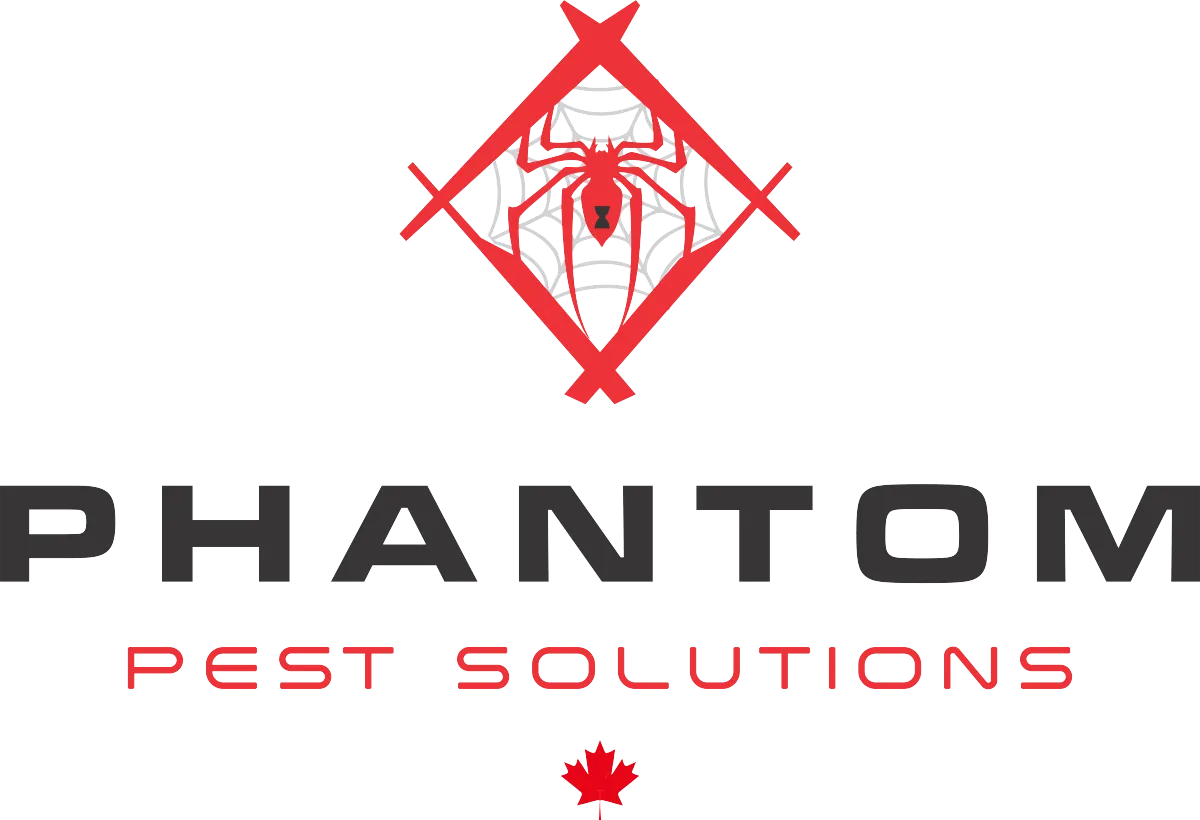
The Phantom Pest Journal

Spring Awakening: Preventing Common Spring Pests in Surrey
Understanding Surrey’s Spring Pest Challenges
Surrey’s mild and moist climate during spring creates the perfect environment for various pests to thrive. Recognizing these seasonal invaders is the first step toward keeping your home pest-free. Here are the top culprits and the challenges they bring:
1. Ants: Persistent Spring Scavengers
Ants become particularly active in spring as they search for food and water to sustain their colonies. These tiny pests can quickly invade homes, targeting kitchens and pantries.
Common Species to Watch:
Carpenter Ants: Notorious for nesting in wood, they can cause structural damage by burrowing into wooden beams, floors, and furniture.
Pavement Ants: Often found near foundations and patios, these ants can make their way indoors, contaminating food supplies.
Signs of Ant Infestation:
Trails of ants leading to food sources.
Small piles of sawdust (indicative of carpenter ants).
Ant mounds near outdoor entry points.
Prevention Tips:
Keep countertops clean and free of food crumbs.
Store food in airtight containers.
Seal cracks and crevices in walls and around windows.
2. Spiders: Springtime Arachnids on the Move
Spiders, though often harmless, see a significant uptick in activity during spring as they search for food and nesting spots. Surrey’s abundant vegetation and humid conditions make it a haven for various spider species.
Common Types of Spiders in Surrey:
House Spiders: Frequently found in basements, attics, and undisturbed areas.
Hobo Spiders: Known for their fast movement and funnel-shaped webs.
Black Widows: Less common but dangerous, their bites can pose health risks.
Challenges with Spiders:
Spider webs can accumulate quickly, leaving unsightly marks on walls and ceilings.
Some species may bite if threatened, causing irritation or allergic reactions.
Preventive Measures:
Regularly vacuum corners, under furniture, and in storage spaces.
Remove clutter that provides hiding spots.
Use weather stripping to seal gaps around doors and windows.
3. Flies: Rapid Breeders in Warm Weather
With warmer temperatures, flies begin breeding rapidly, making them a common nuisance for Surrey homes. These pests are not only irritating but can also pose health risks by spreading bacteria and contaminating food.
Common Fly Types in Surrey:
House Flies: Attracted to food waste and garbage, they are the most prevalent indoor species.
Fruit Flies: Drawn to overripe fruits and sugary residues, they multiply quickly in kitchens.
Cluster Flies: Known to hibernate in walls during winter, they re-emerge in spring.
Why Flies Are a Problem:
They can carry pathogens like Salmonella and E. coli.
Their rapid reproduction makes infestations hard to control.
Persistent buzzing and activity can disrupt indoor and outdoor living spaces.
Steps to Minimize Fly Activity:
Dispose of food waste promptly and keep garbage bins sealed.
Clean up spills and sticky residues from countertops and floors.
Use mesh screens on doors and windows to prevent flies from entering.
Spotting and Addressing Pest Hotspots
Here’s a detailed guide to tackling common pest-prone areas:
1. Seal Entry Points: Blocking the Path
Even the smallest gaps and cracks around your home can act as open invitations for pests like ants, flies, and spiders. Focus on these areas:
Windows and Doors:
Inspect for gaps around frames and weather stripping.
Use caulk or foam sealant to close any openings.
Install door sweeps to block gaps at the bottom of doors.
Vents and Utility Openings:
Check dryer vents, exhaust fans, and utility pipes for gaps.
Cover openings with fine mesh screens to prevent pests from sneaking in.
Roof and Foundation:
Inspect rooflines and eaves for cracks or holes.
Check the foundation for any cracks where pests might enter.
2. Kitchen and Pantry Maintenance: Keeping Pests Out of Food Sources
Kitchens and pantries are prime targets for pests like ants and flies, drawn by crumbs, spills, and improperly stored food. Follow these steps to keep your food storage areas pest-free:
Daily Cleaning Routine:
Wipe down countertops and tables after meals to remove crumbs and residues.
Sweep or vacuum floors to eliminate hidden food particles.
Food Storage Tips:
Store dry goods like cereal, flour, and sugar in airtight containers.
Keep ripe fruits in the refrigerator to prevent attracting fruit flies.
Dispose of garbage regularly and use bins with tight-fitting lids.
Inspect Appliances:
Check under and behind appliances for crumbs or grease buildup, which can attract pests.
Clean your toaster, microwave, and stove regularly.
3. Declutter Storage Spaces: Minimizing Hiding Spots
Undisturbed storage spaces such as basements, attics, and garages are ideal habitats for pests like spiders, silverfish, and rodents. Here’s how to manage these areas effectively:
Sort and Organize:
Remove unnecessary items, focusing on cardboard boxes and old newspapers, which can attract pests.
Store seasonal decorations and seldom-used items in plastic bins with tight lids.
Check for Activity:
Look for spider webs, droppings, or signs of nesting in corners, behind furniture, or under shelving.
Use a vacuum to remove webs and clean dark, hidden spaces.
Maintain Ventilation:
Ensure storage areas are well-ventilated to prevent dampness, which can attract silverfish and other moisture-loving pests.
4. Outdoor Checks: Reducing Breeding Grounds
The exterior of your home can provide ample opportunities for pests to breed and gain access indoors. Regularly inspect and maintain these areas:
Yard Maintenance:
Firewood Storage:
Store firewood at least 20 feet away from your home and elevate it off the ground to deter carpenter ants and termites.
Fix Moisture Issues:
Repair leaky gutters and ensure proper drainage to prevent water buildup, which attracts flies and mosquitoes.
Check outdoor faucets and hoses for leaks.
Inspect Outdoor Structures:
Check sheds, decks, and fences for cracks or rot where pests might hide.
Seal gaps in structures to limit access.
5. Consistent Monitoring: Stay Ahead of Pests
Pest prevention is an ongoing process. By consistently monitoring these hotspots, you can catch issues early and take immediate action to prevent infestations:
Perform monthly inspections of storage spaces, kitchen areas, and the exterior of your home.
Keep track of any pest sightings or signs of activity to determine if additional measures are needed.
Use natural deterrents like essential oils or pest repellent sprays in vulnerable areas.
Visit our website [https://phantompestcontrolsurrey.com/ ] to book your inspection. Let’s work together to keep your home pest-free this year and beyond!

Schedule a Pest Inspection
Ready to schedule a pest inspection? Contact us today.

